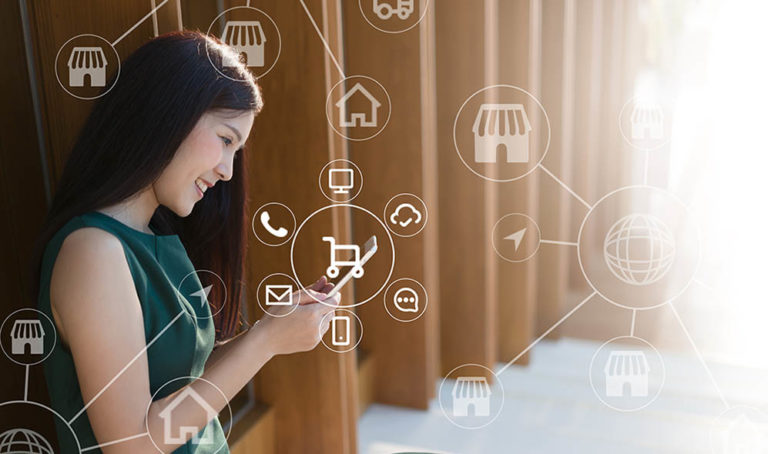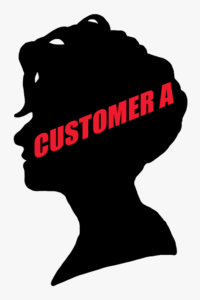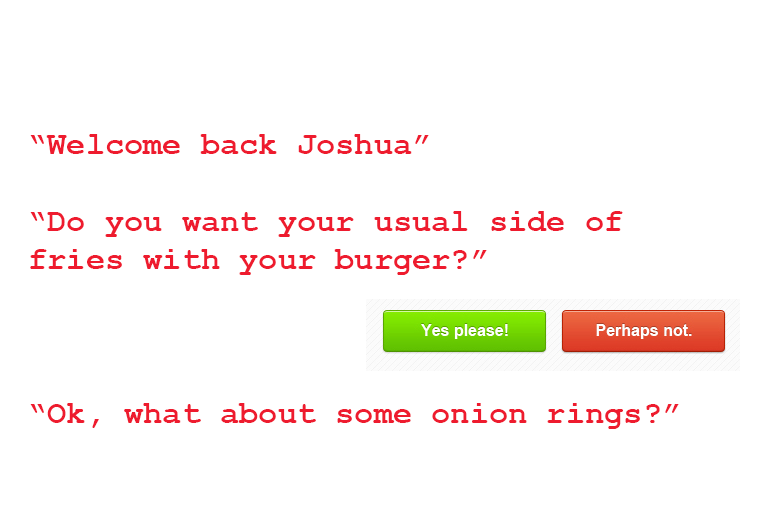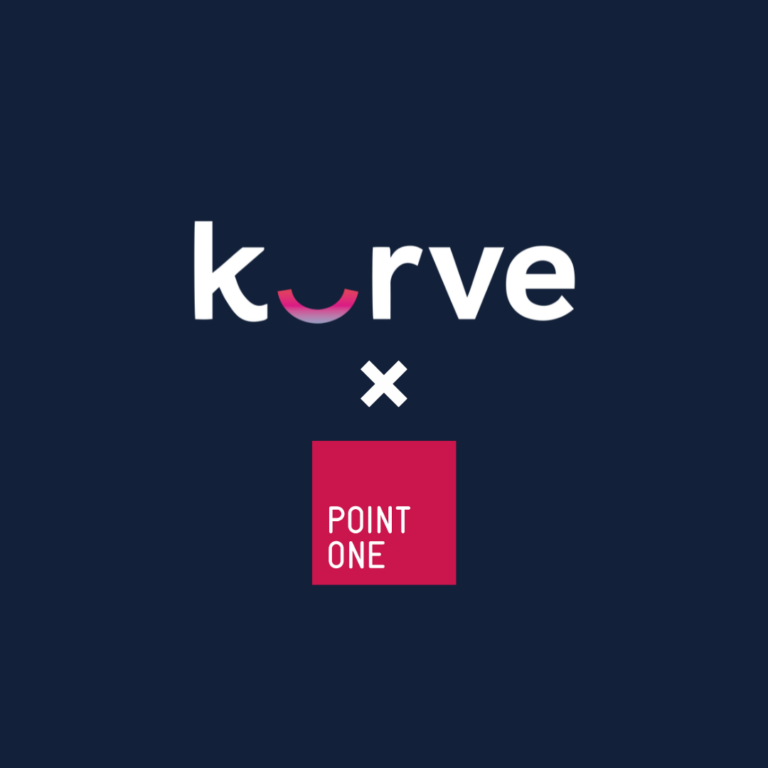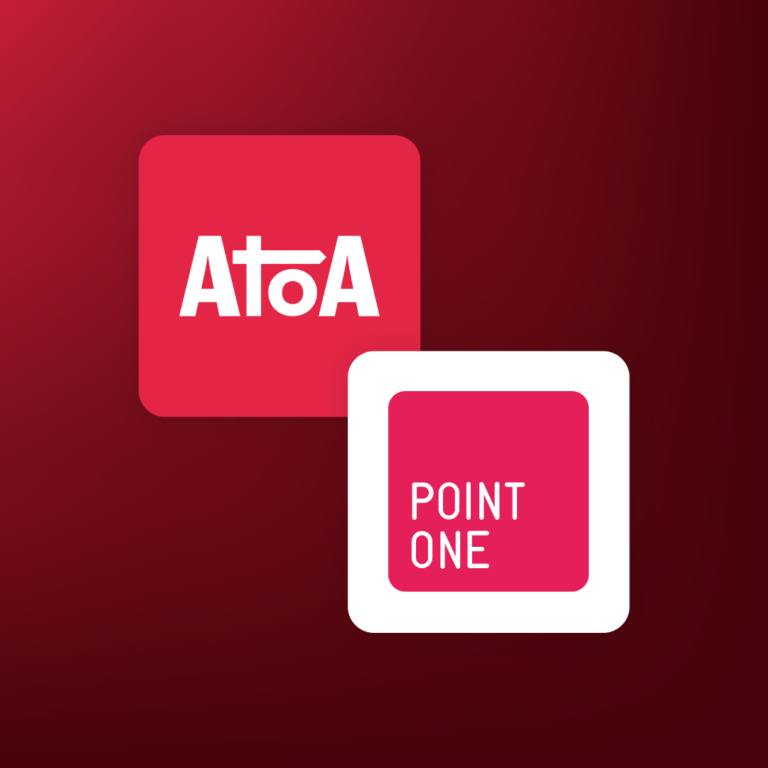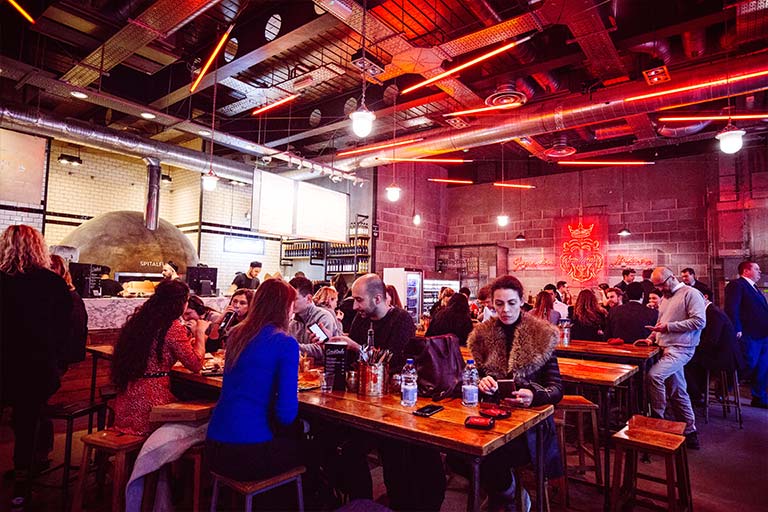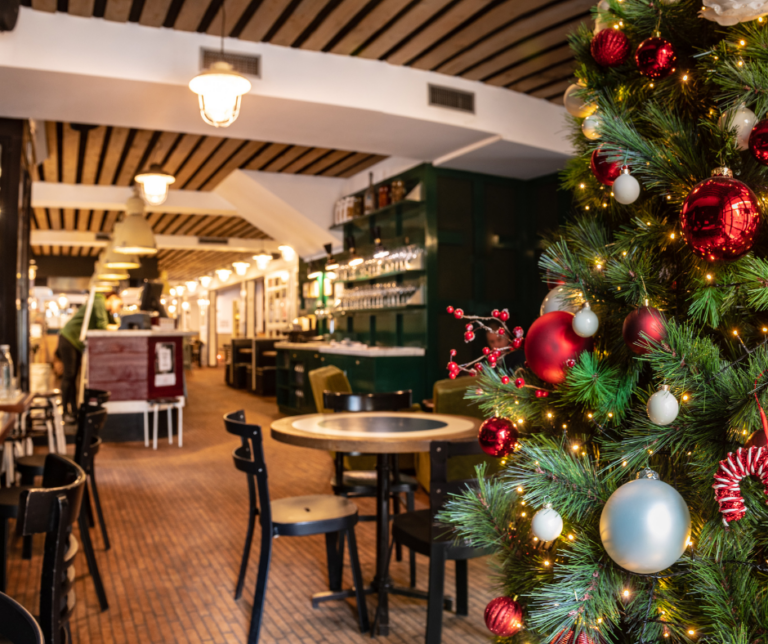The big opportunity for operators is the customer data that is gathered via this technology such as self-serve kiosks and ordering apps. Many QSRs, fast-casual, coffee shops and food-to-go outlets like McDonald’s, KFC and Costa are pushing customers to order via apps or self-serve kiosks using special promotions as an incentive. Similarly, digital subscriptions (on offer at Leon, Pret, Pure) for coffee and food can also generate valuable customer data.
But data is only useful when you know what to do with it so in this blog we will unpick the opportunities around this data and how it can be harnessed by brands to drive revenue as well as giving a faultless customer experience.
What data? and where can you get it?
When we talk about data we specifically mean customer data that can be collected from all the touchpoints where customers encounter your brand i.e. point of sale (in person, delivery, click and collect, self-serve kiosks, drive-thru), WiFi sign-up, loyalty apps, social media channels, text messaging, and email marketing.
This omnichannel customer data can all be collected via a customer data platform* to allow operators to build up a detailed customer profile based on the following information so you can easily review and make informed marketing decisions:
- Contact information—name, phone number, and email address.
This information allows you to directly reach out to customers and send them targeted messages.
- Location information—address, postcode, or city of their home or office.
Knowing where your audience spends time helps you place messages where they will see them, targeting them based on their specific location.
- Demographic information—age, gender, income, education, job title, etc.
When you know specific demographic details about your customers, you can create hyper-targeted online advertising campaigns that reach a specific type of customer.
- Psychographic information—customer interests, values, motivations, beliefs, and goals.
Understanding what makes your customers tick helps you craft messages that better resonate with your target audience.
- Behavioural and transactional information—date of last visit, date of last website visit, emails opened, menu items purchased, average order, etc.
Knowing the purchasing habits of your customers allows you to see what stage of the buyer’s journey they are in so you create marketing campaigns that move them closer toward purchase.
*A customer data platform (CDP) is software that curates information about customers from a variety of sources to create one comprehensive profile of customers.
What can you do with the data?
Why is it so important?
You have all these sources of data and you have an effective CDP to retrieve and manage this data but the biggest challenge for operators is how to use this data effectively to retain and grow your customer base. It is within your marketing and operations where the biggest opportunities can be found. If you gather and use this data insightfully it can give you a clear advantage over your competitors. As data expert and founder of DataHawks, Victoria Seal outlines,
“It’s clear that to be a customer business in 2021 and beyond, you must become a data business.”
1. Marketing opportunities
Armed with the single customer view data, restaurant marketers know the golden ‘who, what, where and how’ of your customers which allows your marketing campaigns to be laser-focused and super personal to influence your customers.
Personalised upselling
Customer A: You know she is a 23-year-old, single, time-poor professional, who loves your BBQ ribs, opts for delivery but does dine-in occasionally, follows you on all social channels and is most responsive to text message promos.
If your objective is trying to boost the number of dine-in visits and average spend for this customer then you already know when that customer tends to order, what they order, and what their average spend is.
You also know their birthday is coming up so you can offer them a group dine-in incentive on some of their favourite dishes and a promo code to share with their friends. You push this incentive out to customer A via text as you know you’ll better engagement here as their preferred comms channel.
Consistent brand experience
A CDP view also means that you can deliver a consistent brand experience to them, however they engage, either in person, delivery, click and collect, or drive-thru. So continuing with the example of Customer A, when they take up the incentive to dine-in with friends for their birthday, their promo code upon payment at the POS triggers an automated email thanking them for dining in and offering a further incentive discount on future dine-ins if they sign up to your brand loyalty program.
Ideally each touchpoint a customer has with a brand whether it’s an in-store visit, an online order, or a social comment should be acknowledged and/or rewarded with some level of engagement. Having this single customer view allows marketers to put automated triggers in place via a CRM to make this happen.
Focused marketing campaigns
You can focus campaigns on your most receptive customers, those that spend the most, visit the most, those that engage with you the most or drive a re-engagement campaign to bring back lapsed customers to the brand once again. An effective CPD coupled with your CRM allows marketers to run super-focused campaigns that can gain meaningful ROI.
2. Operational opportunities
It doesn’t just stop at marketing as operations can also gain a fantastic insight into the business using data collection to make informed business decisions.
Forecasting to inform better stock and supply chain management
Data from your POS and stock control cross-referenced with customer behaviour data can all help predict future stock requirements and put you in the best shape to weather any temporary supply chain issues such as the ones currently being felt across the industry. Although many of the issues behind these shortfalls are external forces beyond operators’ control, better forecasting can help to mitigate these to a certain degree.
Creating dynamic menus and upsells
Intelligent data from WiFi sign-in for example, allows you to drill down into your footfall to identify demographic trends and apply appropriate sales offers i.e., who comes into your sites on a Monday morning? If it’s more families than young professionals but they tend to only have mid-morning drinks, then let’s tweak the offering to suit this clientele and increase their spend e.g., offer half-price kids meals with a full-priced adult meal.
Using self-serve tech to improve the customer experience
Another opportunity to gain meaningful data and use it to improve the customer experience further is through the more recent up-take in self-serve kiosks and mobile ordering. The behavioural and transitional data that can be captured through these self-ordering options give you valuable owned data to hone your marketing messages but also an opportunity to improve your customers’ user experience.
During kiosk browsing, customers leave a digital trail that provides measurable information on things like their browsing path, time spent on each screen etc which can all help to collectively improve the buying journey and optimise it for upsell opportunities.
If a customer signs in to a loyalty programme when ordering this granular customer data becomes even more valuable as it allows the kiosk to give personalised upsell messages based on their previous buying behaviour.
Reduce labour cost wastage
Using a combination of sales data pulled from the POS and staff scheduling software, managers can build a staffing rota based on real requirements rather than guesswork. This intelligent scheduling means no over or understaffing but instead maximising the hours and people they have available and thus avoiding wastage. This is particularly crucial currently where staff shortages are rife.
New revenue and data streams from subscription models
Subscription models such as those recently introduced by Pret and Leon are further examples where technology has helped create new revenue streams and gain a greater understanding of customer behaviour and spend. This data is owned by the brand rather than a third-party platform and as such, it can be used to build up the detailed customer profile discussed earlier to deliver informed and wholly personal sales and marketing messages. This, coupled with a continual use of the data to improve the customer experience, provides the ideal tools for customer retention and growth.
Conclusion
The use of all this extra data to drive business improvement is only just the beginning and it’s clear, based on the investment QSRs are making into data tech companies e.g. McDonald’s acquisition of personalisation company Dynamic Yield, that customer data is indeed king. Intelligent data capture can give operators a clear advantage over their competitors. As hospitality data expert Victoria Searl states,
“We must embrace meaningful data collection whole-heartedly as data tells us how to attract customers who will represent the most value to us, convert existing customers to spend more money and retain them for as long as possible”.
Ultimately, the effective use of technology and data can help to make QSR and fast-casual restaurants more agile and better able to adapt to changes in a challenging and fast-moving hospitality landscape.
